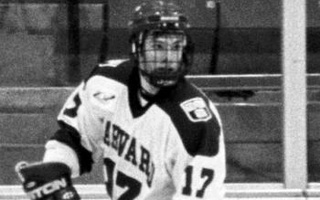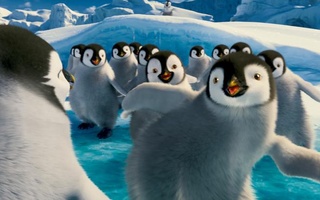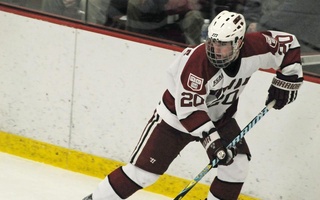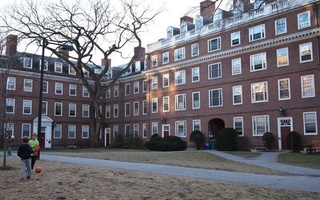“For the next 45 minutes, I am going to take you on a journey south,” said Chris A. Linder, photographer and author of Science on Ice: Four Polar Expeditions.
Linder proceeded to relate tales from his travels to the southernmost region of the world—Antarctica—in a talk at the Harvard Museum of Natural History on Saturday.
While his book is about expeditions in both the Antarctic and Arctic, Linder focused on his journeys to Cape Crozier and Cape Royds on Ross Island, Antarctica.
Linder’s talk was one of a series of five, spanning eight days, which took place in Cape Cod, Harvard, and Minnesota. He said hopes to educate and inspire the public about science through his photography.
The talk was split into different topics, including the process of traveling to Antarctica, the life of the indigenous penguins, and the life of a photographer.
Before heading south, Linder had traveled throughout the Arctic.
He described his journeys in the Beaufort Sea, just north of Alaska, and aboard Oden, exploring the Gakkel Ridge.
After these excursions, the research of marine biologist David G. Ainley on the Adélie penguins drew Linder to Ross Island in Antarctica.
“I wasn’t interested in just Adélie penguins per se,” Linder said. “It could have been any topic, but David’s work is very well respected and it had been going on for years.”
One of only two sea ice-obligate penguin species, the Adélie are dependent on the ice for survival.
Linder spoke in depth about their lives and the effects of climate change on the sea ice-obligate birds. Each year, melting sea ice and snowfall cause the Adélie to be further pushed south.
According to Linder, eventually there will be nowhere left to go as the ice melts, and the penguins will either have to adapt or face extinction.
While on Ross Island, Linder spent his time learning how to survive in the Antarctic and sleeping at odd times, since he regularly photographed the penguins at midnight.
However, for Linder, the journey to Cape Crozier and Cape Royds was not just about working with Ainley and seeing the Adélie penguins: every step of his journey was documented.
When he talked about going through what he called “how to not die in the Antarctic” school, Linder showed photos to accompany his talk.
“My daughter and I enjoyed [the talk] very very much–it was reminiscent of our trip,” said Harvard B. Kolm, an attendee who had ventured to the Antarctic in 1995 aboard a Russian research vessel.
The audience consisted mostly of Boston and Cambridge residents. Many parents had brought their children, hoping to spark or cultivate an interest in science.
“Science is one of my favorite subjects and I’ve always been interested in Antarctica, so when my mom found this I was excited to go,” said Owen M. Smith, a 12-year-old from Boston.
Read more in News
Scientists, Artists Talk Color


















